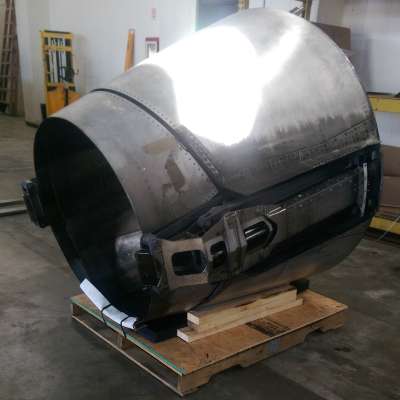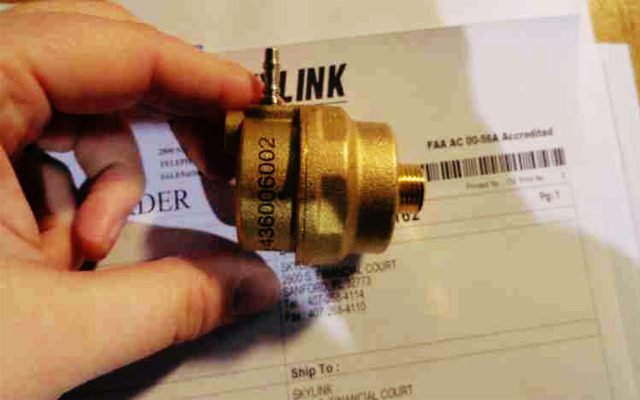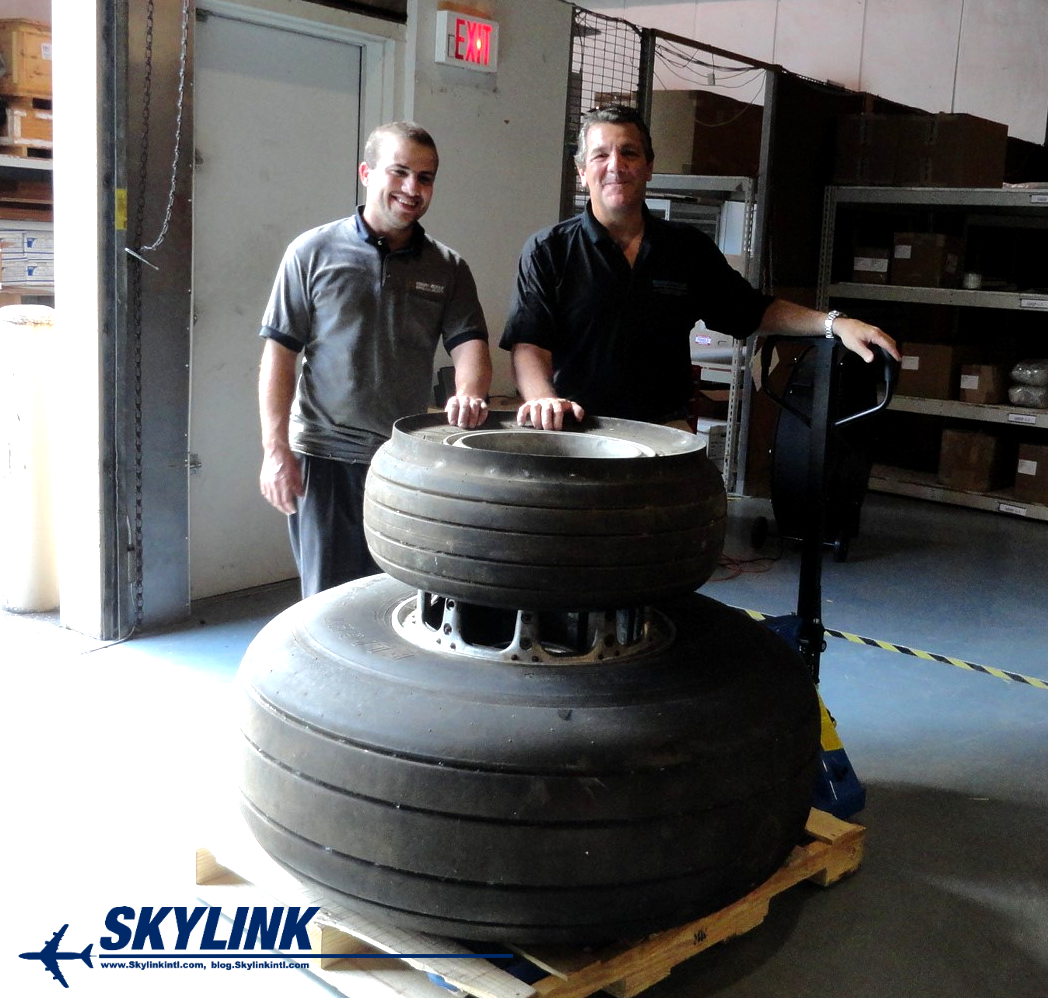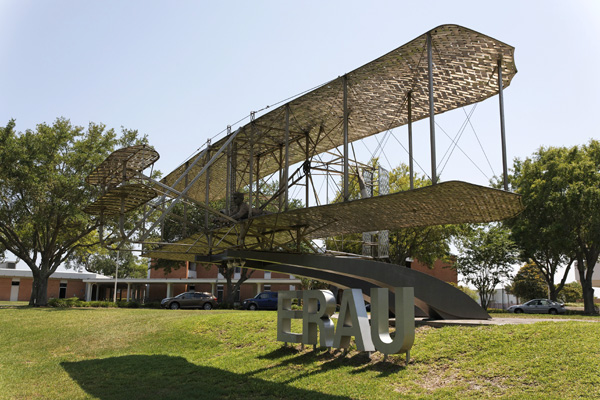 You’re always stuck on the purchase price. It’s the first and last thing you think about. It slaps you across the hand and says, look at me, I’m important. Sadly, you’re wrong.
Money and time is lost by this way of thinking.
You’re always stuck on the purchase price. It’s the first and last thing you think about. It slaps you across the hand and says, look at me, I’m important. Sadly, you’re wrong.
Money and time is lost by this way of thinking.
Total cost of ownership is a different story. It’s when buyers go beyond the initial price and develop a more holistic view of how much a certain asset will cost over time.
We can take this vary concept into our daily lives. Don’t be fooled when you bring a dog into your family. Whether you adopt ($0) or buy one for $2,500 you’ll spend way more over the course of it’s beautiful life. Or don't be fooled if you buy a car for $30,000 and think it’ll only cost you $30,000 over it’s useful life.
Aircraft component purchases must be treated the same way. Don’t be fooled spending $30,000 on an INU and think it’ll only cost you $30,000. What about freight costs, processing, holding costs and I’ll continue the list if you want me to. In fact, if they direct cost is fair market value (+/- 5-10%), then it’s the later you deserves more of your attention
The Total cost of ownership methodology will save you heartache and pain (yes, I just quoted this song). Acquisitions must be viewed in this way…always.
[Tweet "Don’t be fooled spending $30,000 on an INU and think it’ll only cost you $30,000 #NeverForgetYourWings"]
Determine the overall lifecycle cost of your aircraft components and save money
Looking at the direct cost alone is fool heartedly. You’re procurement activities are global and there’s a myriad of costs that you must consider.
For an airline or MRO logistics and procurement activities are direct costs, freight, processing, labor, installation, holding costs, comm unication, problem resolution, warranty, training and productivity losses.
By looking at direct costs, indirect costs, transaction costs, and disposal costs, you as a purchasing professional get a more co mplete picture about a specific financial investment. I don’t care if it’s 1 part or 100. Looking beyond the initial cost will shock you into what you’re actually spending.
Here are some real world examples we’ve encountered:
- An airline needs 10 components (a mix of rotables and expendables) and focuses solely on direct costs. They decide to purchase all 10 components from 7 different suppliers. Some suppliers are reliable while others have failed them in the past. The airline will incur 7 different processing and freight costs. They’ll be forced to resolve any issues that arise and be hit with productivity losses. They overlook the cost advantages of streamlining.
- A large MRO buys expendables from all over the world and becomes AOG for such small items on a frequent basis. They overlook the importance of TCO and the cost reductions an on demand or JIT strategy will create.
- An airline buys millions of dollars in inventory. They overlook the long term expenses associated with holding inventory. It eats away at their cash flow and ties up millions of dollars of capital on the shelves.
You now understand why I said “fool heartedly.”
Buying based solely on direct cost is disastrous to your bottom line. Get a more holistic view of what you’re buying and save big.








 scheduled our truck to pick the units up but we got a call that the thrust reversers we’re improperly crated and they had to bump the pick-up. It took 2 additional days to get them into transit.
scheduled our truck to pick the units up but we got a call that the thrust reversers we’re improperly crated and they had to bump the pick-up. It took 2 additional days to get them into transit.













 It's like babysitting a child that doesn't listen.
It's like babysitting a child that doesn't listen.

